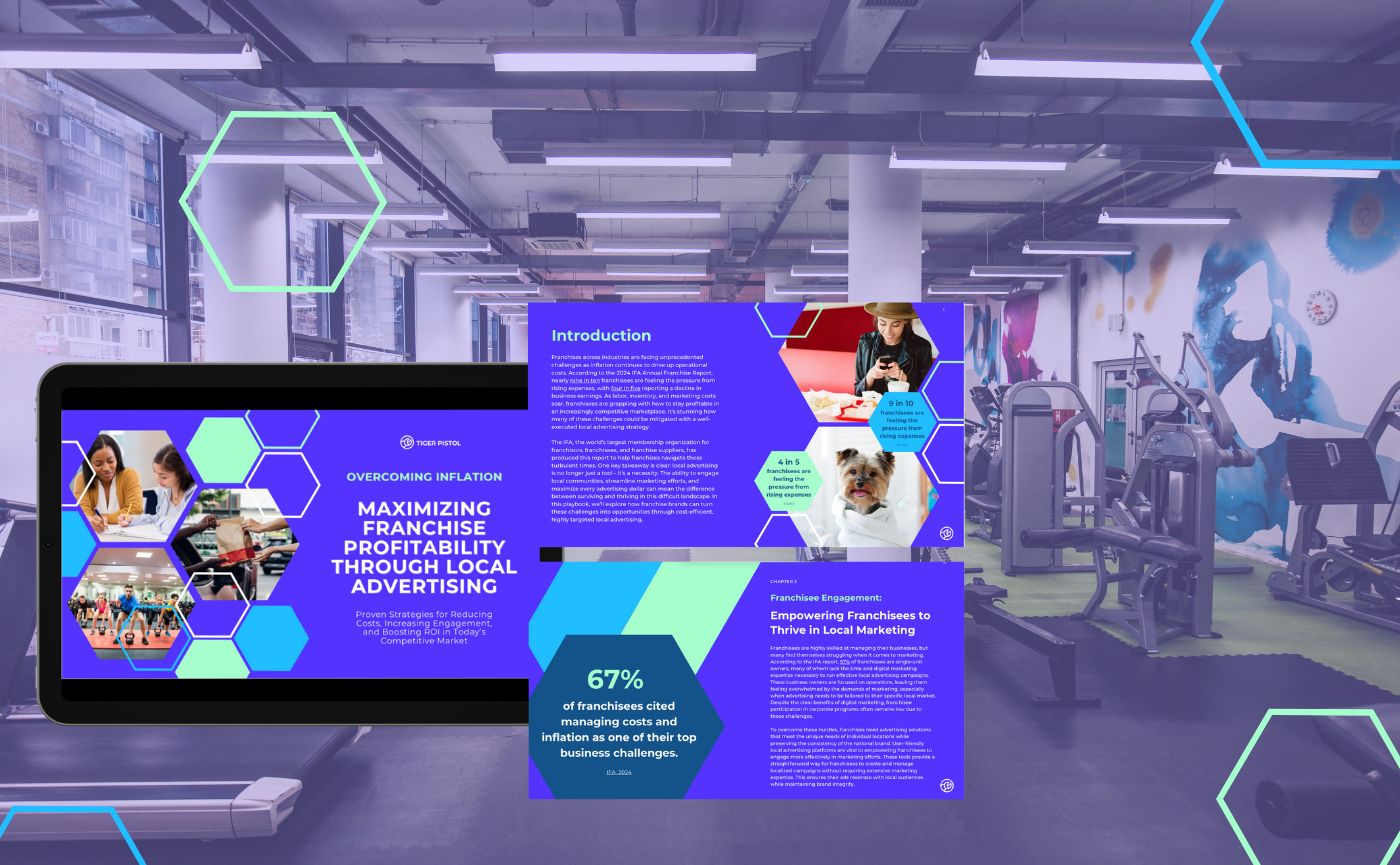Community Over Cookies: The Hidden Path to Dealing with Cookie Deprecation
Marketers knew the day would come, yet that foreknowledge did little to fortify their readiness. Google’s new “Tracking Protection” feature, which blocks third-party cookies on websites, launched last week, sending shockwaves through the marketing world. While currently only 1% of Chrome users are affected, the impending rollout to a broader audience in the coming months has lit a fire under marketers. They’re gripped with urgency since two-thirds of all people globally use Chrome to browse the Internet. However, there’s a significant gap between the desire to test privacy-preserving technologies and the resources needed to develop them.
Since Google unveiled its cookie-less plans in 2020, the industry has explored various alternatives. These include first-party data, which relies on businesses to build direct relationships with their customers, and contextual advertising, which targets ads based on a website’s content. Google’s Privacy Sandbox, a new product that aims to provide privacy-preserving ad targeting, faces criticism on several fronts, raising concerns for marketers.
But what if there’s a hidden path, a route less traveled but equally, if not more, promising? What if instead of taking it personal, we take it local?
Local social advertising thrives on neighborhood or geographical targeting rather than individual data points. It doesn’t require a deep dive into shopping or transaction history. Instead, it’s about creating hyperlocal connections that resonate with the user through location data they’ve willingly shared for their convenience. This strategy won’t soon fall out of favor or fashion.
Location sharing is trending upwards, especially among younger generations. According to a 2022 Harris Poll, a whopping 79% of U.S. adults report having location-sharing features activated on their devices. Globally, a 2019 research report by HERE Technologies found that 70% of consumers are willing to share their location data, especially when it offers benefits such as increased safety, security, service enhancement, or savings. Moreover, a 2023 survey by Life 360 revealed that 89% of Americans believe their lives benefit from location sharing, with an even more impressive 94% among Gen Z. These numbers speak volumes about the growing comfort of sharing location data.
At a time when companies are exploring new technologies and strategies to balance effective advertising with user privacy, local social advertising offers a powerful alternative. It taps into the power of location data shared willingly by users, creating meaningful, hyperlocal connections that transcend the need for invasive personal information. It’s not about who you are; it’s about where you are. As marketers, it’s time to think outside the cookie jar and embrace local social advertising. While the storm of cookie deprecation looms, those seizing the local opportunity are poised for a brighter future.
Discover how Tiger Pistol can power your local advertising success.
Related Posts
Driving Local Success with Amazon Ads: Insights from Tiger Pistol at Amazon Boost NYC
The Amazon Boost event in New York City showcased the future of local advertising, uniting industry leaders to exchange actionable strategies. Among the sessions was a panel featuring Tiger Pistol’s own Sarah Cucchiara, VP of Business Development. Her insights revealed how businesses can harness evolving digital tools to drive growth in the communities they s
Tiger Pistol’s New Playbook Helps Franchises Overcome Inflation and Drive Profitability Through Local Advertising
Providing Franchises with Cost-Saving Strategies, “Overcoming Inflation: A Playbook for Maximizing Franchise Profitability Through Local Advertising” Offers Proven Methods for Reducing Costs, Increasing Engagement, and Boosting ROI Tiger Pistol, the most advanced local advertising platform, today announced the release of its latest playbook: “Overcoming I
Amazon Sponsored Display: The New Frontier for Local Advertising
Amazon has taken a major step by opening its powerful suite of advertising solutions to small businesses and franchises that don’t sell products in its marketplace. In late 2023, Amazon launched a Sponsored Display program allowing service-oriented companies to harness Amazon’s vast audience data to target ads directly to those aligned with your fun
2023’s Social Media Advertising Goldmine: Tiger Pistol’s Top Picks for Agencies!
Staying ahead of the curve is essential for agencies looking to deliver outstanding results for their clients. One area where this is particularly crucial is social media advertising. As we step into 2024, the landscape of social media advertising continues to evolve. Agencies need to stay informed and inspired to thrive in this competitive arena. […]





